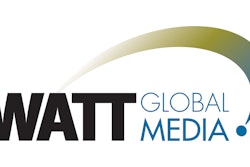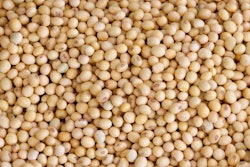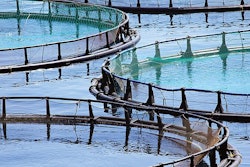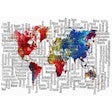
Around the world, nutritionists are looking for alternative protein sources for use in poultry and swine diets. However, with the introduction of new ingredients, formulation, handling and manufacturing considerations must be made. At the 9th edition of the FIAAP Animal Nutrition Conference, feed industry experts will cover recent research related to the use of pea proteins, lignocellulose and DDGS in Southeast Asia animal feed.
Changing DDGS
Distillers grains represents a cost-competitive, consistent, and nutrient-dense feedstuff which can be fed to all species of livestock. In 2017, U.S. dried distiller’s grains with solubles (DDGS) imports to Southeast Asia grew by nearly 20 percent. As U.S. ethanol producers continue to develop new technologies or improve on current practices to increase ethanol yields, changes to ethanol production can have significant effects on the nutritional value of the DDGS.
Accurately describing these characteristics and identifying how different ethanol production practices affect distillers’ nutrition can help nutritionists more accurately formulate diets when using DDGS. POET Nutrition’s director of technical service Dr. Kevin Herrick’s will explore, “Opportunities for DDGS in Southeast Asian Livestock Diets,” in his presentation. He will provide an overview of how DDGS differ in nutritional value as well as introduce formulation and management strategies to optimize DDGS inclusion in livestock diets for Southeast Asian producers.
Suitable substitutions
As global fish stocks decrease, fishmeal will become difficult to source and cost prohibitive. As a result, the animal feed industry need to find a fishmeal alternative — exlcuding soybean meal because of the allergic reaction it causes in piglets.
The session, “The Use of Pea Protein as a Functional Ingredient in Southeast Asian Piglet Feed,” will explore a recent 35-day nursery trial at the Bangkok Animal Research Center Co. Ltd. (BARC) to test fishmeal alternatives using diet formulations and ingredients typically used in Southeast Asia. Dr. Bob Thaler, a swine professor at South Dakota State University, will highlight how pea protein in nursery diets allowed for the successful decrease of fishmeal inclusions.
Dietary fiber for piglets — especially at weaning — is essential to maintain the health of the gastrointestinal system and to promote GIT development. The beneficial effects of fibers in piglet nutrition are closely related to the functional properties of the fibers provided to the animal. Lignocellulose consisting of fermentable and non-fermentable insoluble fibers can serve as a functional and prebiotic ingredient to reduce diarrhea in piglets while improving performance. Dr. Christine Potthast, director of R&D with Agromed Austria, will explore how increasing amounts of insoluble and fermentable fibers from lignocellulose can have a positive effect on growth performance and promote GIT development in weaners during “Evaluating Fiber Sources for Piglet Gut Health Management.”
The one-day event, held on March 27, 2018 in Bangkok, Thailand, will also cover monogastric gut health, antibiotic elimination strategies and animal feed additive utilization.
For more information or to register for the event, visit https://victamasia.com/registration.
FIAAP Exclusive — 2018 Nutrition & Feed Survey
For nearly a decade, WATT Global Media has reached out to its global feed and poultry audience to highlight the industry trends influencing animal nutrition and feed formulations. Kicking off the FIAAP Conference, Feed Strategy editor Jackie Roembke will reveal the results of the 2018 edition of the Poultry Nutrition and Feed Survey and offer insight into the feeding shifts and challenges identified by survey respondents.
















